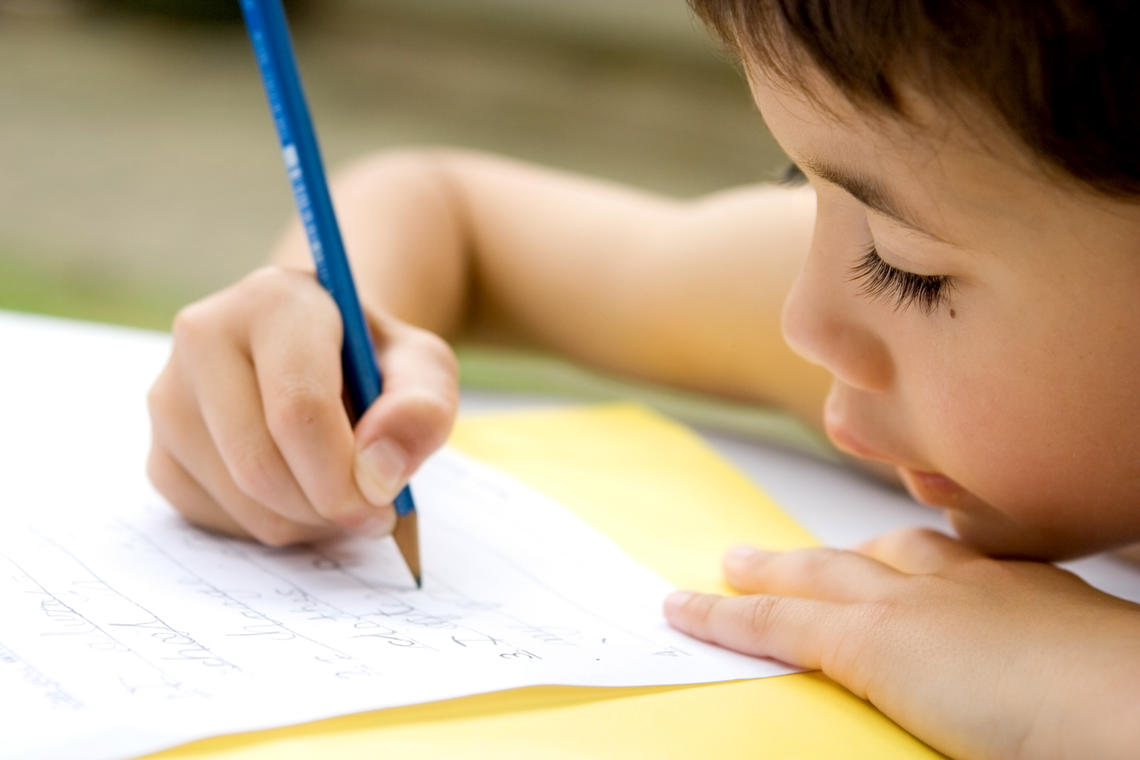
June 2, 2021
New Alberta curriculum would overload young learners when what they need is balance
Alberta’s Ministry of Education under the leadership of Jason Kenney’s United Conservative Party recently released a draft of new kindergarten to Grade 6 curriculum it proposes beginning to pilot in the 2021 school year.
Responses to the curriculum’s content and how it was developed have been both swift and harsh from the Alberta Teachers’ Association, some parent groups, researchers and the NDP opposition. Some major school boards across the province have said they won’t pilot it.
In the kindergarten to Grade 3 years, major concern relates to the age appropriateness and the heavy load of complex factual information.
There is a new push to introduce what the province describes as “knowledge-rich” sections of social studies curriculum related to “history, geography, civics, financial literacy and economics, telling the story of Alberta, Canada and world history at age-appropriate levels.”
Accessing knowledge-rich content assumes language and literacy competencies. As a researcher who has studied developmental patterns of language and literacy learning in the kindergarten to Grade 4 years among English language learners and learners whose first language is English, I find that how the new curriculum envisions children’s literacy progressions is particularly concerning. Other than phonics understandings in kindergarten, language and literacy development do not receive adequate instructional focus in grades 1 to 3.
The human species is not hard-wired for literacy. It must be learned, and this takes time, good teaching and practice that a well-designed curriculum provides.
Early reading and writing depend on analogous underlying understandings involved in mapping sound to print (phonics) and letter recognition. It requires that children can automatically recognize words and achieve spelling accuracy. They need to gain the ability to produce legible and increasingly fluent handwriting and to move well beyond high-frequency vocabulary.
Importance of fine motor skills
To develop in language, literacy and numeracy knowledge, children need repeated opportunities to reconstruct internal mental representations of the external material world. Children do this through an enormous amount of fine motor manipulative and fine motor literacy play in the service of letter recognition, spelling patterns and numeracy concepts.
Playing with blocks, loose parts, fasteners of all kinds, puzzle pieces, pencils, crayons, chalk, paper and scissors, tweezers and chopsticks, for example, teaches the brain the hand-brain-tool connection and makes for nimble fingers. Indeed, researchers suggest that measures of fine motor control are good predictors of children’s early language, literacy and numeracy. Playful involvement in nursery rhymes teaches phonemic awareness, rhythm and vocabulary development through actions. All the while, children are repurposing understandings of patterns, sequences, shape, size, structures and hierarchies, cycles and categories.
Read more: Summer play that enriches kids' reading skills — 8 fine motor activities for little fingers
Through these activities, children engage the neurocircuity needed to support future literacy and numeracy learning.
Early understandings need to be contextualized within the child’s immediate and familiar world of experience expanding from their family, neighbourhood and community. Just like eating a diet of exclusively rich food, an overload of knowledge-rich curriculum could result in kids who are over-stuffed with facts they cannot make sense of, and under-nourished with foundational learning.
Just right teaching involves recognizing individual children’s readiness to engage with increasingly challenging skills, concepts and competencies. Despite individual differences in the developmental profiles of children, broadly recognized and accepted patterns and benchmarks signal whether children are on track. In Alberta 31 per cent of children entering kindergarten are considered “at risk” in their communication and general knowledge.
Like learning to ride a bike
Literacy is much like learning to ride a bike: young kids can only advance to jumping the curb, showing off their other tricks and safely monitoring the traffic around them if they offload the basics of pedalling and controlling the brakes and handlebars. The brain only has so much capacity to juggle competing demands of complex tasks, including reading, writing and solving math problems. Childhood cannot be rushed by providing more, earlier or more difficult academic information, sooner.

Children revel in the sense of agency and delight they find when learning how to communicate through writing.
Shutterstock
Cognitive overload happens when children are asked to deal with complex information that is beyond their current ability to understand and process, and for which they lack prior knowledge. Such information is soon forgotten or discarded.
Children revel in the joy, sense of agency and sheer delight of conveying their thoughts, opinions and understandings through the magic of literacy. Their writing, as early as Grade 2, demonstrates risk taking with words that are beyond their literate knowledge, but also that they are keen to try using their “best guess spelling.”
Adults too often underestimate the complex demands of the kindergarten to Grade 3 years: childhood and early years’ learning take time.
Hit pause
Besides the contentious nature of the draft curriculum that begs for some rethinking, we need to remind ourselves that a year of COVID-19 has had serious negative consequences in the early learning outcomes, especially among our youngest students.
Data from Alberta schools indicate the most vulnerable children in kindergarten to Grade 3 years have fallen behind the most in reading achievement: approximately one month for every month of school missed. This comes on top of the fact that schools have already been seeing an existing shortfall in kindergarten children’s school readiness. Now is not the time to pilot and then implement a new curriculum.






